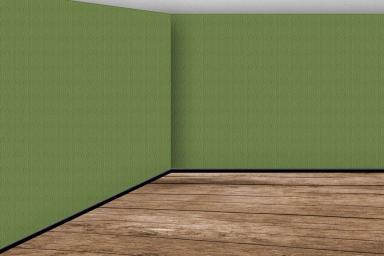Interior design isn't just bout fashion or beauty - it's also about your comfort and well-being.
Bad interior design can lead to mental health deterioration, so if you want to be happier and healthier, then you need to make good choices.
Here are a few examples of how your interior influences your mental health.
Lack of functionality
When a space is poorly designed, it can lack functionality and fail to meet our practical needs.
For example, a cluttered and disorganized living area can make it challenging to find things or move around freely, leading to frustration and stress.

Overwhelming or chaotic surroundings
An overwhelming or chaotic interior design, characterized by excessive clutter, mismatched colors, or busy patterns, can create visual chaos and make it challenging to relax and focus.
This sensory overload can increase stress levels and contribute to feelings of unease.
Lack of personalization and comfort
Our living spaces should reflect our personality and provide comfort.
If the interior design fails to create a sense of personalization and comfort, it can make us feel disconnected and unsettled in our own homes.
This lack of a personal sanctuary can negatively impact our overall well-being.
Poor color choices
Colors can significantly influence our emotions.
A bad choice of colors in interior design, such as overly bright or dull colors, can evoke negative feelings or make a space feel oppressive.









